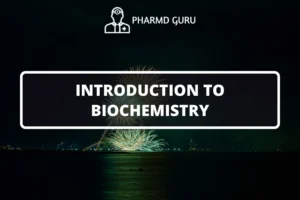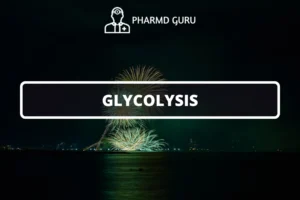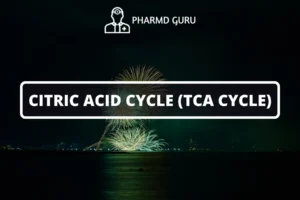Protein synthesis is a fundamental cellular process that enables the production of proteins, the key molecules responsible for carrying out essential functions within living organisms. It involves the conversion of genetic information encoded in DNA into functional proteins. In this article, we will delve into the intricate process of protein synthesis, including transcription and translation, and explore the significance of this process in maintaining cellular homeostasis.
SCROLL DOWN TO THE BOTTOM OF THE PAGE FOR ACTUAL NOTES
Table of Contents
- Introduction to Protein Synthesis
- Transcription: From DNA to mRNA
- 2.1 Initiation
- 2.2 Elongation
- 2.3 Termination
- Translation: From mRNA to Protein
- 3.1 Initiation
- 3.2 Elongation
- 3.3 Termination
- Post-Translational Modifications
- Regulation of Protein Synthesis
1. Introduction to Protein Synthesis
Protein synthesis is the process by which cells generate proteins based on the information encoded in their DNA. Proteins are crucial for maintaining the structure and function of cells, and they participate in a wide range of biological processes, including enzyme catalysis, cell signaling, and DNA replication. The synthesis of proteins occurs in two main steps: transcription and translation.
2. Transcription: From DNA to mRNA
Transcription is the first step in protein synthesis, where the genetic information encoded in DNA is transcribed into a complementary messenger RNA (mRNA) molecule. This process takes place in the nucleus of eukaryotic cells and in the cytoplasm of prokaryotic cells. Transcription can be divided into three stages: initiation, elongation, and termination.
2.1 Initiation
During initiation, an enzyme called RNA polymerase binds to a specific region of DNA called the promoter. This signals the beginning of transcription and allows the separation of DNA strands. RNA polymerase then proceeds to synthesize a complementary RNA strand using one of the DNA strands as a template.
2.2 Elongation
In the elongation phase, RNA polymerase moves along the DNA template, adding nucleotides to the growing mRNA molecule. The nucleotides are incorporated in a sequence that corresponds to the coding region of the DNA, resulting in a complementary copy of the gene.
2.3 Termination
Termination marks the end of transcription. In eukaryotes, specific sequences in the DNA signal the termination of transcription, and the mRNA molecule is released. In prokaryotes, termination is signaled by specific DNA sequences or hairpin structures that cause the RNA polymerase to detach from the DNA template.
3. Translation: From mRNA to Protein
Translation is the second step of protein synthesis, where the mRNA molecule synthesized during transcription is used as a template to assemble a protein. Translation occurs in the cytoplasm and involves the participation of ribosomes, transfer RNA (tRNA), and various protein factors. The process can be divided into three stages: initiation, elongation, and termination.
3.1 Initiation
During initiation, the small ribosomal subunit binds to the mRNA molecule at a specific sequence called the start codon. The initiation complex is formed, and the large ribosomal subunit joins, allowing the translation process to begin.
3.2 Elongation
In elongation, the ribosome moves along the mRNA molecule, reading the codons and recruiting specific tRNA molecules carrying the corresponding amino acids. The ribosome catalyzes the formation of peptide bonds between the amino acids, resulting in the growing polypeptide chain.
3.3 Termination
Termination occurs when the ribosome encounters a stop codon on the mRNA molecule. This signals the end of translation, and the polypeptide chain is released from the ribosome. The newly synthesized protein can undergo further modifications or folding to attain its functional structure.
4. Post-Translational Modifications
After translation, the protein may undergo post-translational modifications, where additional chemical groups or molecules are added or removed to modify its structure and function. These modifications can include phosphorylation, glycosylation, acetylation, and proteolytic cleavage, among others. Post-translational modifications play crucial roles in regulating protein activity, stability, and localization within the cell.
5. Regulation of Protein Synthesis
Protein synthesis is tightly regulated to ensure the production of proteins in the right quantities and at the appropriate times. Regulation can occur at various levels, including transcriptional control, post-transcriptional modifications, translational control, and post-translational modifications. Cells employ intricate mechanisms such as gene expression regulators, signaling pathways, and feedback loops to regulate protein synthesis based on cellular needs and environmental cues.
ACTUAL NOTES




